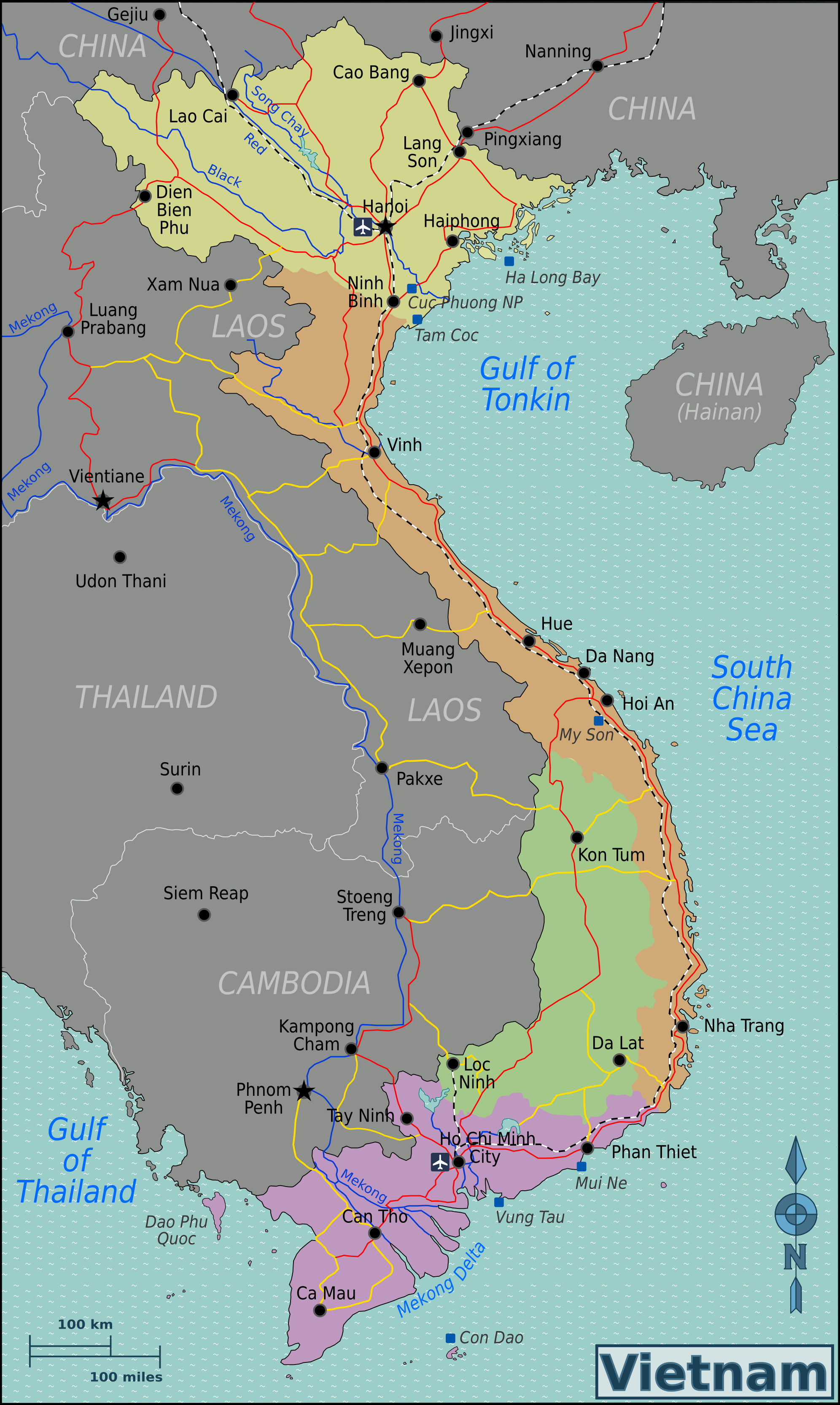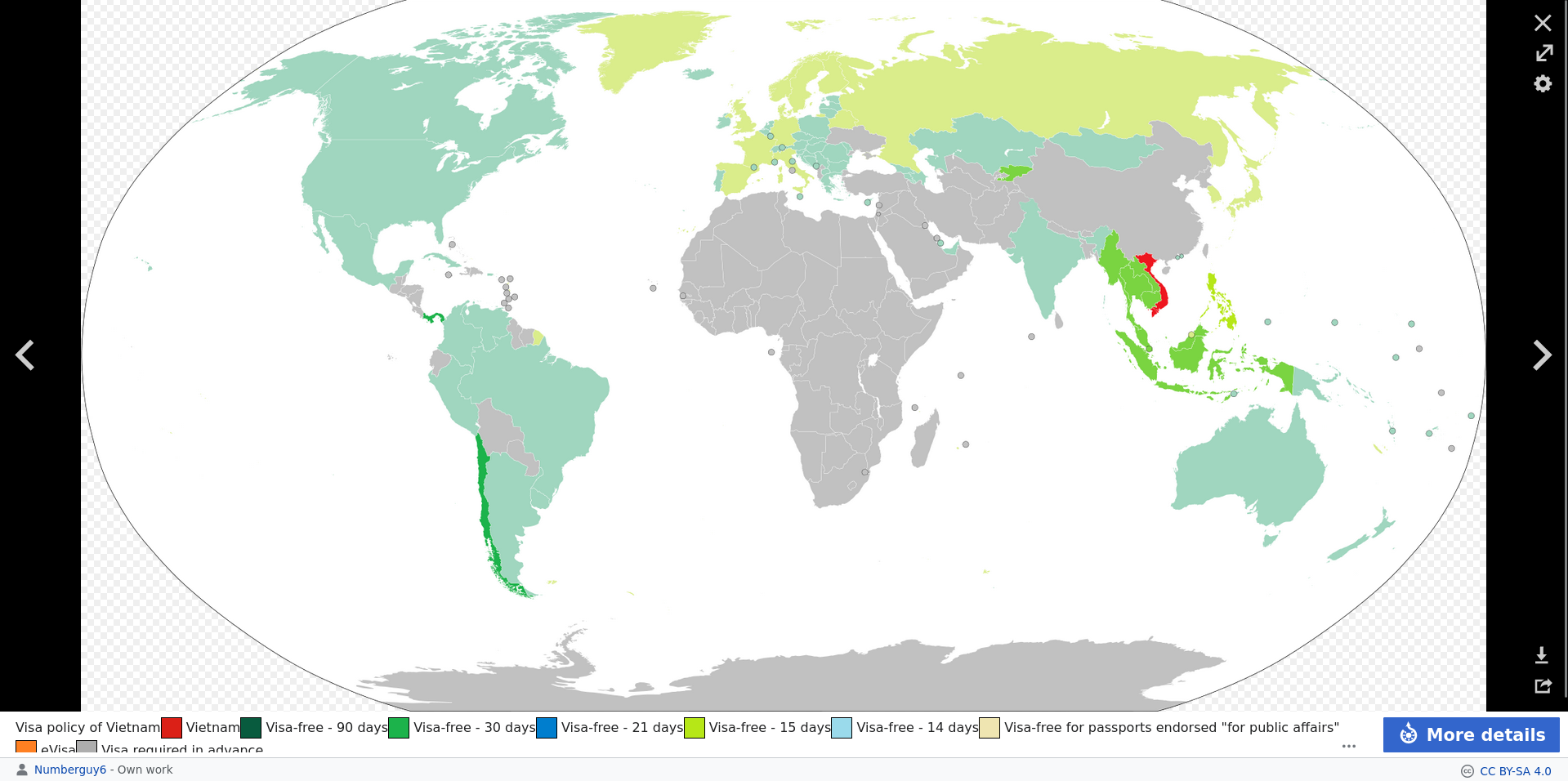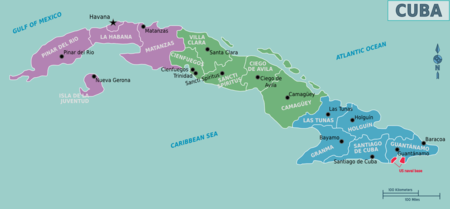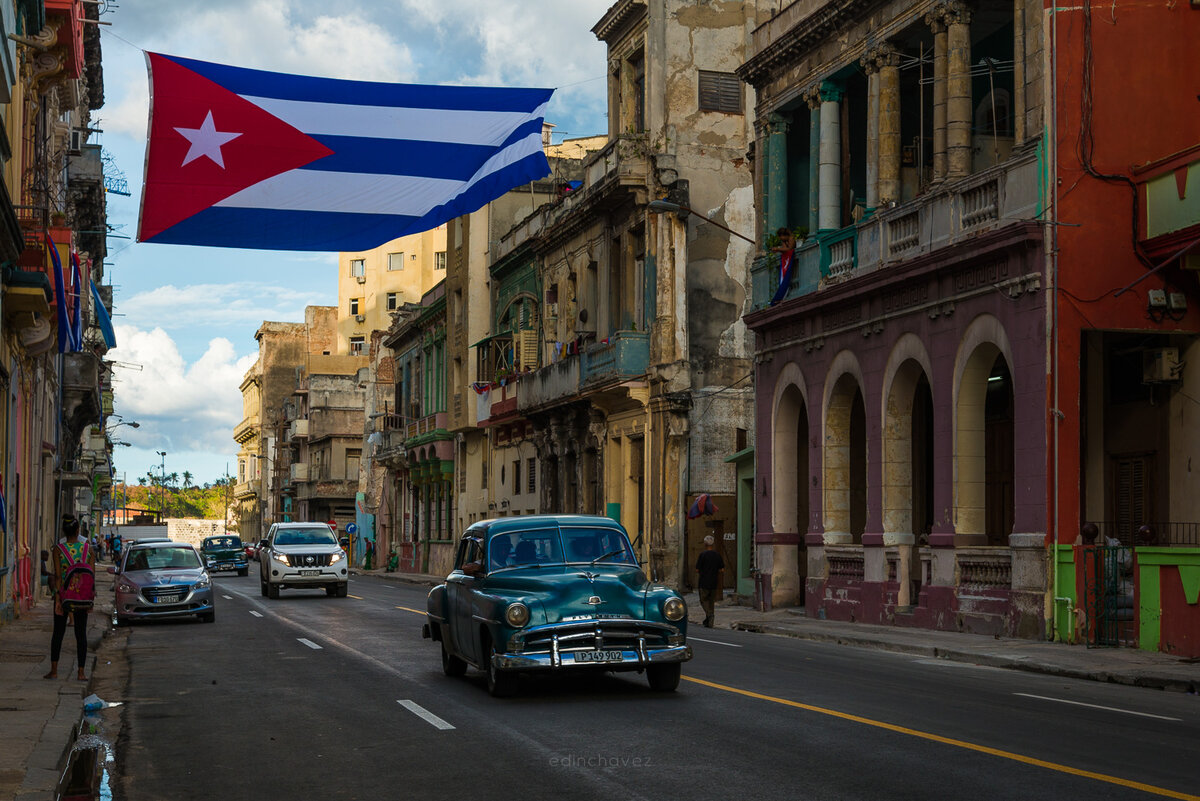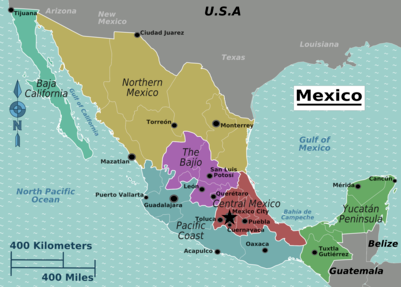China (中国; Zhōngguó) is one of the world's oldest civilizations. Its long and rich history is present in people's thinking and values, and in the art, architecture, and feats of engineering that remain from dynasties past.
China's hierarchy of administrative divisions has 22 provinces (省 shěng) which tend to have their own cultural identities, and 5 autonomous regions (自治区 zìzhìqū), each with a designated minority ethnic group. These along with four municipalities (直辖市 zhíxiáshì) make up what is known as mainland China (中国大陆 Zhōngguó dàlù).
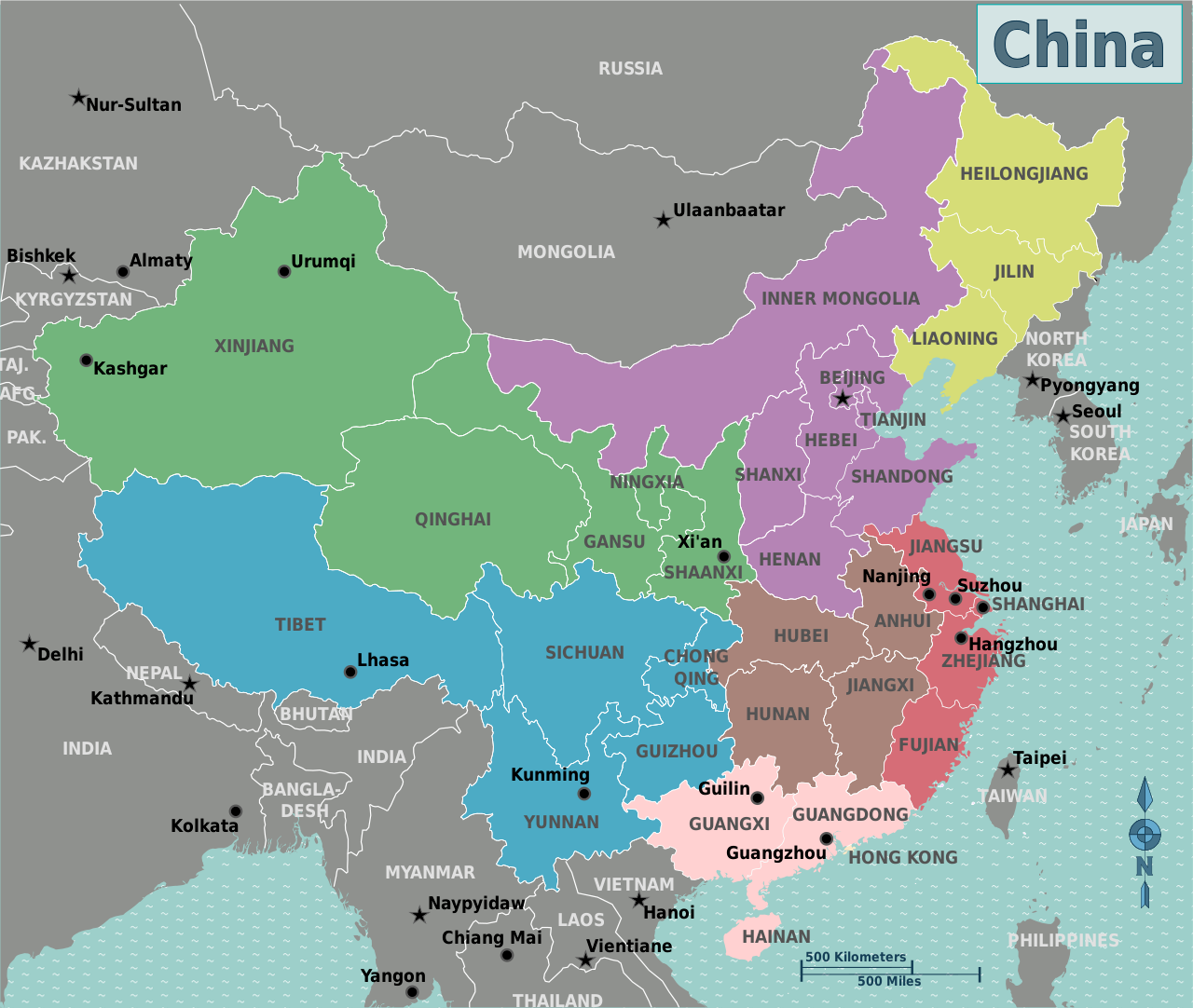
Northeast China (Liaoning, Jilin, Heilongjiang) Historically known as Manchuria, the Northeast is a land of steppes, vast forests, and long snowy winters. Culturally influenced by Russia, Korea, and Japan, it contains a mix of modern cities and "rust belt" industrial towns.
North China (Shandong, Shanxi, Inner Mongolia, Henan, Hebei, Beijing, Tianjin) The plains of North China around the fertile Yellow River basin were the cradle of Chinese civilization. It has been the political center of Chinese empires for millennia, and is home to the modern capital, Beijing.
Northwest China (Shaanxi, Gansu, Ningxia, Qinghai, Xinjiang) A historical borderland, with grasslands giving way to deserts and mountains, and with the ancient Silk Road connecting China to Europe.
Southwest China (Tibet, Sichuan, Chongqing, Yunnan, Guizhou) A region with spectacular scenery, and a backpacker haven.
South-central China (Anhui, Hubei, Hunan, Jiangxi) Yangtze River Basin area, farms, mountains, river gorges, temperate and sub-tropical forests.
South China (Guangdong, Guangxi, Hainan) Traditional trading center, manufacturing and tech powerhouse.
East China (Jiangsu, Shanghai, Zhejiang, Fujian) The "land of fish and rice", traditional water towns, and China's new cosmopolitan economic center.
Some cities and other destinations:
Here are nine of China's most interesting cities for travelers. Others are listed in region articles.
1 Beijing (北京) — the capital, cultural center, and home of the Forbidden City, the Summer Palace, and other important historical sites
2 Chengdu (成都) — capital of Sichuan province, known for tingly-spicy food, and home of the giant pandas
3 Guangzhou (广州) — one of the most prosperous and liberal cities in the south, near Hong Kong, and main center of Cantonese culture
Li River near Guilin
4 Hangzhou (杭州) — built around West Lake, a UNESCO World Heritage site, and southern terminus of the Grand Canal
5 Harbin (哈尔滨) — capital of Heilongjiang, which hosts the Ice and Snow Sculpture Festival during its bitterly cold winters
6 Kashgar (Chinese: 喀什, Uyghur: قەشقەر) — center of Uyghur culture, with a beautiful and well-preserved old town, and the famous Id Kah Mosque
7 Nanjing (南京) — the capital during the early Ming Dynasty and Republic of China era, a renowned historical and cultural city with many historic sites
8 Shanghai (上海) — China's largest city, famous for its riverside cityscape, a major commercial center with many shopping opportunities
9 Xi'an (西安) — the oldest city and ancient capital of China, terminus of the ancient Silk Road, and home of the terracotta warriors
You can travel to many of these cities using the new fast trains. In particular, the Hangzhou - Shanghai - Suzhou - Nanjing line is a convenient way to see these historic areas. Other destinations
Some of the most famous tourist attractions in China are:
-
Great Wall of China (万里长城) — longer than 8,000 km, this ancient wall is the most iconic landmark of China
-
Hainan (海南) — a tropical paradise island undergoing heavy tourism-oriented development
-
Jiuzhaigou Nature Reserve (九寨沟) — known for its many multi-level waterfalls, colourful lakes and as the home of the giant pandas
-
Leshan — most famous for its huge riverside cliff-carving of Buddha and nearby Mount Emei
-
Mount Everest — straddling the border between Nepal and Tibet, this is the world's highest mountain
-
Mount Tai (泰山 Tài Shān) — one of the five sacred Taoist mountains in China, and the most-climbed mountain in China
-
Tibet (西藏) — with a majority of Tibetan Buddhists and traditional Tibetan culture, it feels like an entirely different world
-
Yungang Grottoes (云冈石窟) — these mountain-side caves and recesses number more than 50, and are filled with 51,000 Buddhist statues
-
Guilin karst (桂林) — sensational mountain landscapes that have long been the subject of Chinese paintings
Visa-free entry
Citizens of the Armenia, Bahamas, Barbados, Belarus, Bosnia and Herzegovina, Dominica, Ecuador, Fiji, Grenada, Maldives, Mauritius, Qatar, San Marino, Serbia, Seychelles, Suriname, Tonga and the United Arab Emirates do not need a visa to visit mainland China for up to 30 days.
Citizens of all countries that maintain diplomatic relations with the PRC may visit 10 cities in Guangdong, namely Shenzhen, Zhuhai, Dongguan, Zhongshan, Guangzhou, Foshan, Jiangmen, Zhaoqing, Huizhou and Shantou, without a visa for up to 144 hours (6 days) provided they join an approved group tour from Hong Kong or Macau, and do not travel beyond those 10 cities.
Citizens of all ASEAN countries may visit Guilin, Yangshuo and Longsheng without a visa for up to 144 hours (6 days) provided they join an approved group tour, enter and exit mainland China via Guilin Liangjiang International Airport, and do not travel beyond those 3 cities.
Citizens of Albania, Argentina, Australia, Austria, Belgium, Brazil, Brunei, Bulgaria, Canada, Chile, Croatia, Cyprus, Czech Republic, Denmark, Estonia, Finland, France, Germany, Greece, Hungary, Iceland, Indonesia, Ireland, Italy, Japan, Kazakhstan, Latvia, Lithuania, Luxembourg, Malaysia, Malta, Mexico, Monaco, Montenegro, Netherlands, New Zealand, North Macedonia, Norway, the Philippines, Poland, Portugal, Romania, Russia, Singapore, Slovakia, Slovenia, South Korea, Spain, Sweden, Switzerland, Thailand, Ukraine, the United Kingdom (British citizen only) and the United States may visit Hainan without a visa for up to 30 days, provided they enter and exit Hainan directly on an international flight (including flights to/from Hong Kong, Macau and Taiwan) and do not travel outside the province. You will need to register with an approved Hainan-based travel agency at least 48 hours before arrival, and you will need to submit your passport details, roundtrip tickets, itinerary and hotel bookings for each night you plan to stay in Hainan as part of the registration process.
Everyone else requires a visa.
Visas
Visa policy overview
China offers the following visas to citizens of most countries:
L visa - tourism, family visits
F visa - business trips, internships, short study
Z visa - working, 30 days during which you should get a residence permit
X visa - study more than six months
S1 visa - dependent family members of a Z (work) visa
Q1 / Q2 visa - for expats married to a Chinese citizen or green card holder
G visa - transit
If you need a visa, in most cases, it must be obtained from a Chinese embassy or consulate before departure. Visas for Hong Kong and Macau may be obtained from a Chinese embassy or consulate, but they must be applied for separately from the mainland Chinese visa; there is no visa that serves both mainland China and either of those areas. A single-entry mainland China visa is terminated if you go to Hong Kong or Macau, so ensure that you have a multiple entry visa if you plan to return to mainland China.
You must submit your fingerprints during the visa application process. Children under 14, and senior citizens over 70 are excepted. Your fingerprints may also be taken when you enter China.
30-day single- or double-entry visas for the mainland can sometimes be acquired in Hong Kong or Macau. You can generally fly from overseas to Hong Kong and spend a few days there to get a visa for the mainland. This is supposed to be available only to residents of Hong Kong or Macau. Exceptions are often made but they vary over time, and are not reliable. Macau's visa office is less crowded and the hotels are a bit cheaper, but it takes just as long. In general, only single- and double-entry visas are granted to visitors without Hong Kong ID cards, although foreigners with previous entries into the mainland and Hong Kong student or work visa holders have been known to be approved for multiple entries. Many Hong Kong travel agencies (such as China Travel Service) offer a faster visa turnaround service for a fee. In addition, a travel agency has some capacity to negotiate on the length of your visa. You might apply for a one-year visa and have that rejected; however, they may well be able to get a 6-month visa for you instead.
Getting a tourist visa is fairly easy for most passports as you don't need an invitation, which is required for business or working visas. The usual tourist single-entry visa is valid for a visit of 30 days and must be used within three months of the date of issue. A double-entry tourist visa must be used within six months of the date of issue. It is possible to secure a single, double, or multiple entry tourist visa for up to 60 days or, less commonly, 90 days for some citizens applying in their home countries.
Consulates and travel agents have been known to occasionally request proof of onward travel at the time of visa application.
Tourist visa extensions can be applied for at the local Entry & Exit Bureau or Public Security Bureau (公安局 Gōng'ānjú) after handing in the following documents: valid passport, visa extension application form including one passport-sized photo, a copy of the Registration Form of Temporary Residence which you received from the local police station at registration. Tourist visas can be only extended once. Processing time is usually five working days and it costs ¥160.

